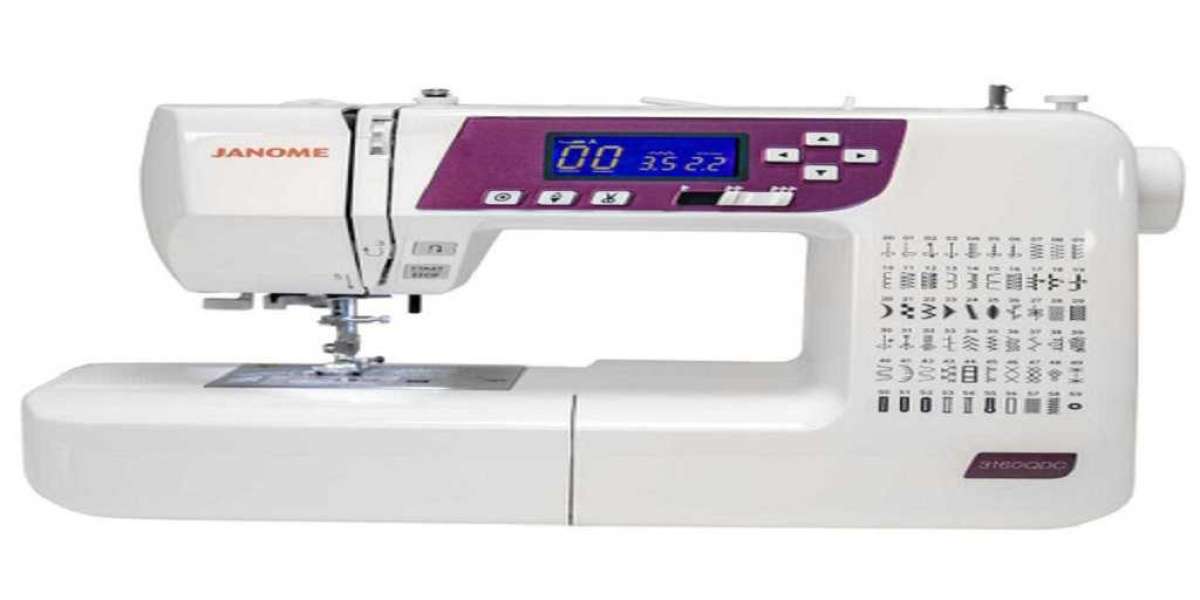So you love sewing and your sewing machine, and no matter how long it has been with you and how much you’ve grown when it comes to your sewing skills and creativity, you still use it and keep it because it still works, most of the time.
But even if you think your machine is still working fine, there might be signs that you need to have it repaired or replaced. And since a sewing machine has many moving parts, these parts can often break or fall apart due to daily use.
Often these problems can be fixed, but sometimes it can be serious enough to require professional help or even a replacement. Here are some of these signs that your sewing machine needs serious repair or even a replacement.
Your Needles Break Easily
When a needle breaks, often this is not a mechanical issue. Often this happens when the needles hit a pin, or they are the wrong size for the material or fabric. Or you did not replace the needle for a long time.
But if the needle breaks or bends no matter what, it could also be a sign that there is an issue with the feed dogs or some other mechanism. It could be an issue with the timing of the needle, as improper timing can cause it to break. And when it involves timing, it requires expert repair.
Uneven Fabric Feed
When the fabric you’re working on goes unevenly through the sewing machine no matter what you do, the reason could be connected to the feed dogs, the teeth-like mechanism that pulls the fabric through the machine.
These can wear down too, and makes the feed rate inconsistent. Take the machine for repairs so they could check if the feed dog needs to be replaced, or they may simply find material that has accumulated in the mechanism.
Getting your machine deep cleaned can improve an inconsistent fabric feed, and help your sewing machine to function as if it were new.
Tangled Threads
If your threads get tangled on the underside of the fabric when sewing, it is a sign of tension issues. You need to adjust the tension dials and check if the threads sit correctly between the discs. However, if the issue still continues despite the adjustment, it might require to be taken in for repairs to change the tension control.
Grinding
When you sew and you start to hear a grinding noise, you need to stop and take the machine for a proper cleaning and maintenance check. Often a grinding noise indicates some mechanism of the sewing machine has shifted out of place, or that the gears and parts require oil.
The grinding sound comes from the gears and parts grinding on the other’s surface, which can wear down the gears and can even break down the parts. It’s best to check with your local repair shop as they know the best way to handle such issues
For example, if you have a Janome sewing machine, all defects are covered by a manufacturer's warranty.
Skipping Stitches
If your machine creates wavy and uneven stitching, this is often a simple threading problem that you can resolve with a simple rethreading. You can also try changing the needle, but also check the hook timing. This is also another indication that your machine needs professional repair.
Is Your Sewing Machine Functioning Normally?
No matter the brand, make or model of your sewing machine, all of these signs can indicate a serious problem that requires professional attention. If you have a specific brand such as a Janome sewing machine, it’s best to make sure you have a warranty.
If you are unsure, contact the purchase place of your sewing machine and they can help you make the decision to repair or replace your sewing kit.
For more information about Embroidery Supplies and Quilting Rulers please visit:-Premier Stitching DBA Sew Vac City







